Dr. Gemma Jerome Reveals How Gardeners Can Do More With Their Outdoor Space
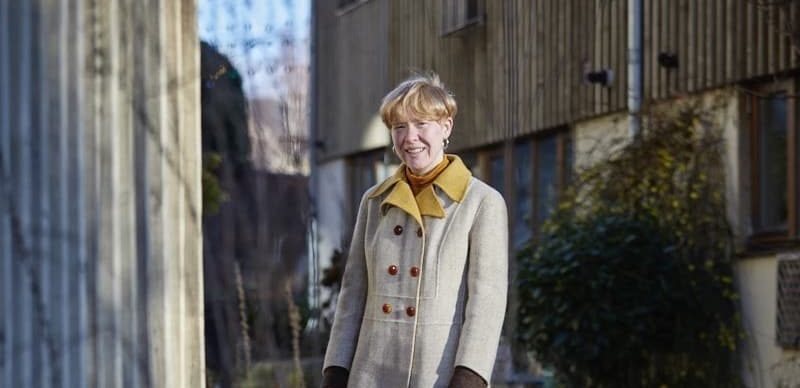
Contributions From DR. GEMMA JEROME

Dr. Gemma Jerome is the Director of Building With Nature, an initiative that aims to put nature at the heart of planning and infrastructure. She is also a Fellow of the Landscape Institute and is currently introducing Biodiversity Net Gain into the mainstream, offering her advice on several panels.
Gemma Jerome is the Director of Building with Nature, a benchmarking initiative that aims to put nature at the heart of development, focusing on the benefits it can bring to both people and wildlife.
Her commitment to the environment and sustainable development is reflected in her efforts to mainstream green infrastructure in the UK.
I spoke to Gemma about Building with Nature as well as about more ways that people can incorporate nature into their daily lives.
All imagery in this interview has been provided courtesy of Britt Willoughby Dyer and Gemma Jerome.
How Did You Start Your Career In The Environmental & Horticultural Industry?
“I started my career in the environmental sector volunteering for local charities and social enterprises,” shares Gemma.
“There are great networks that offer practical environmental skills opportunities such as Groundwork, TCV and The Wildlife Trusts. I started volunteering for community gardens in my local area and followed up my interests by applying for courses, such as permaculture design and forest school.
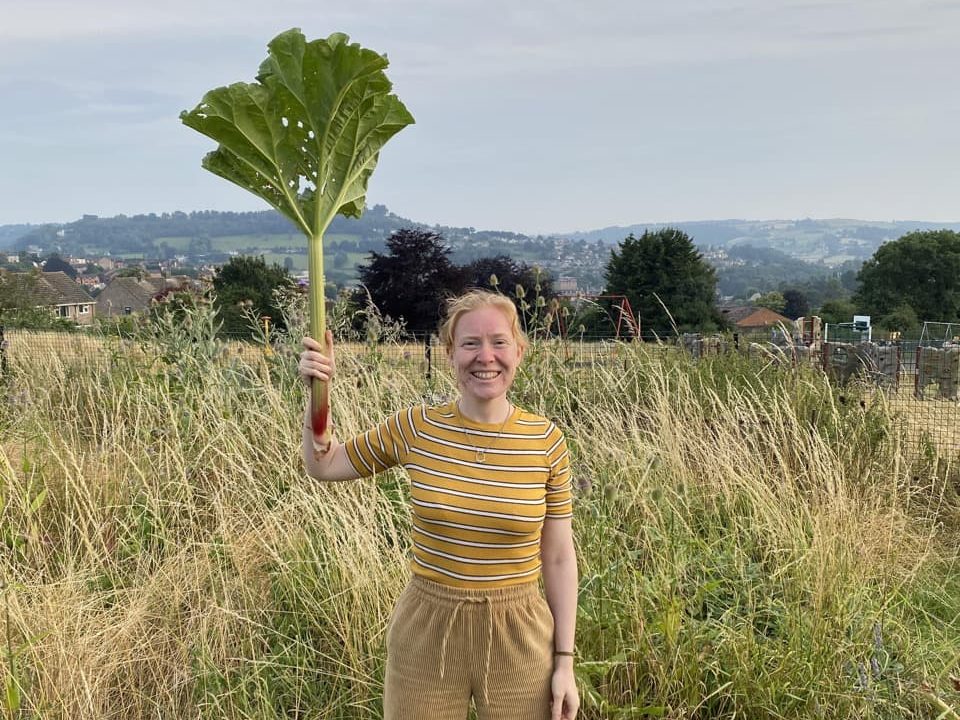
“Most of my knowledge has come from working in gardens, by trial and error, and alongside more experienced gardeners. For example, I shared an allotment for a while with a friend who was RHS-qualified. This was a real complement to my more community-scale, DIY-style of gardening.
“I also returned to higher education in my early twenties to pursue a career in environmental planning, becoming inspired by the opportunities to work at a city scale to positively respond to the climate and nature emergencies.
“I focused my research on the vital role that community gardens have in providing a network of nature-rich spaces across urban areas that provide people with access to land and fresh food, opportunities to create meaningful connections with other like-minded people in their local area, and support people’s wellbeing.”
Can You Explain A Little About The Building With Nature Initiative?
“Building with Nature, the UK’s first green infrastructure benchmark, provides housebuilders, developers, planners and policy-makers with an evidence-based definition of high-quality green and blue infrastructure and how to deliver it.
“Green infrastructure is a network of multi-functional green spaces and other green features, urban and rural, which can deliver quality of life and environmental benefits.
“Green infrastructure is not simply an alternative description for conventional open space. Whilst it includes parks, open spaces, and playing fields, it also includes woodlands, allotments, private gardens, green roofs and walls, sustainable drainage systems and soils.
“Plus, it includes rivers, streams, canals and other water bodies, sometimes called blue infrastructure.
“The BwN approach is underpinned by a set of holistic, quality standards that are being used to guide the design and delivery of development projects, large and small, across the UK.
“Through focussing on the themes of wellbeing, water and wildlife, as well as the core elements of good green and blue infrastructure, Building with Nature offers practical, how-to guidance to help people create great places for people and wildlife.”
How Can Individuals Save Water In Their Outdoor Spaces?
“In a time when we can expect more unpredictable weather patterns and extreme heat, it is going to become incredibly important that we all find new ways to collect precious rainwater and reduce demand on groundwater too,” says Gemma.
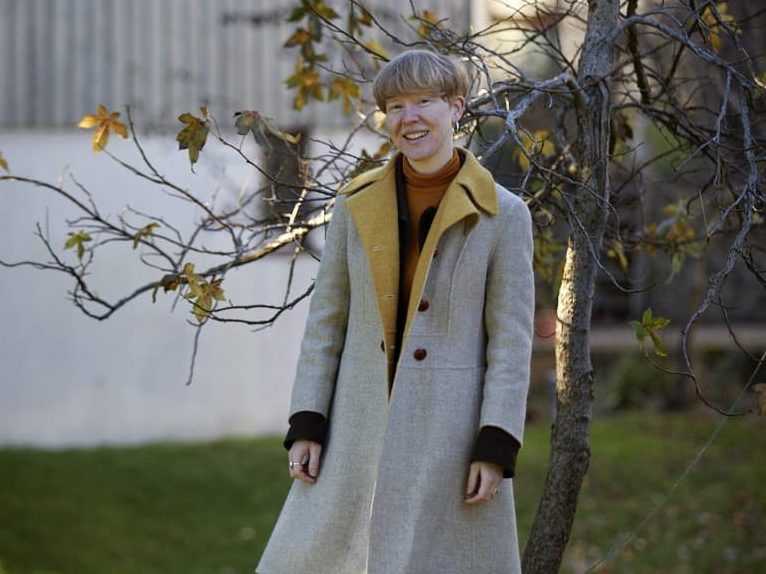
“Most gardeners can find creative ways for rainwater harvesting. Reducing the impact of drought is also about saving water by planting smart.
“Beth Chatto’s motto lives on, and sustainable gardening, planting the right plant in the right place, is more important than ever in a time of a changing climate. Gardens will have to cope with extreme heat, and periods of both flooding and drought.”
How Important Are Community Gardens To Society?
“In my experience, community gardens are one of the least expensive and highest impact ways to bring people together for meaningful community and nature connections,” she explains.
“Access to community gardens has been shown to underpin a community’s social capital and lead to long-lasting community connections. This can help to reduce feelings of isolation and loneliness. This sense of connection and belonging can be especially important for vulnerable and marginalised groups.”
What Are Some Of The Small Changes People Can Make To Incorporate Nature Into Their Daily Lives?
“Make time for walking in nature and getting outside,” Gemma recommends.
“Even if you go on the same walk every day, try to be mindful of what you can see and hear at different times of year. Slow down, look around, listen, take notice, and enjoy what you find.
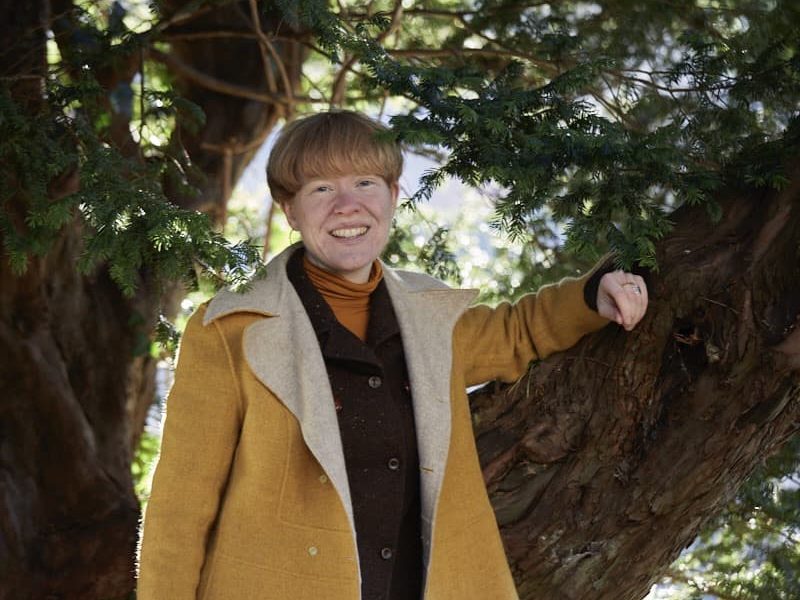
“I recommend choosing a favourite tree or sitting spot and visit it as often as you can. These kinds of rituals and rhythms can add a lot to your sense of belonging to a place.
“Nature has so many stories to tell, and we can be part of these stories just by stepping in and making time to notice. See how it enriches your experiences of living in your neighbourhood just by taking these simple steps.”
What’s Next For You?
“The next big thing in planning and development is a new piece of legislation which has been introduced to reverse the catastrophic decline in biodiversity we have seen over the past decades,” shares Gemma.
“Biodiversity net gain will apply to all major developments in England from November 2023 and will aim to ensure we leave the land in a better condition than before development, ensuring the amount and quality of space for wildlife is at least 10% better.
“Scotland and Wales also have new strong approaches to ensure we can respond positively to the climate and nature emergencies, by making more space for nature and biodiversity.
“I’m also excited to tell your readers that I’m developing a CPD course with the Society of Garden Designers focused on helping their members understand how to include wildlife enhancements into their approach to gardening.
“It’s vital that those who are responsible for stewardship and aftercare of gardens are knowledgeable in what new legislation requirements mean for them.
“Horticulture and landscape professionals have vital knowledge and skills to share, and I believe they will play a critical role in securing a better future.”
What Would You Say To Those Looking To Do More With Their Outdoor Spaces?
“In my twenty years of gardening, I have found that the most abundant spaces I have helped to design, create and manage have come about slowly.
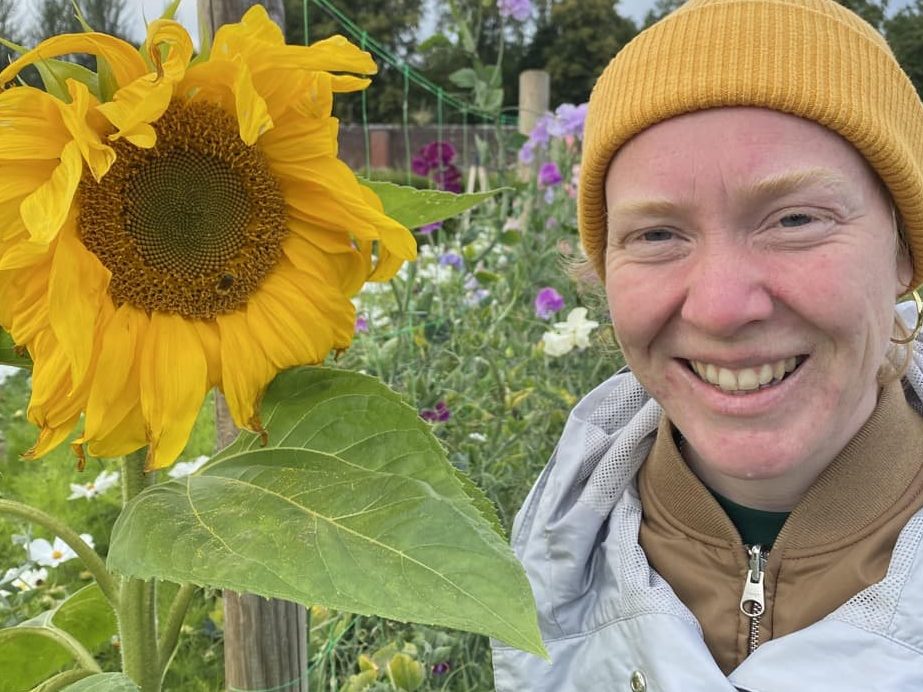
“As gardeners, one of our most important skills is observation. More often than not, the unique environmental conditions, access to light and water at different times of year, minimum and maximum temperature (factoring in climate change), will indicate the best range of plants for a space.
“I look for spaces to be as low maintenance as possible, as permaculture design teaches, aim for minimum input for maximum output. In other words, I aspire to be a lazy gardener!
“If we look after the soil, and select the right plants for the right place, we are more likely to see our plants and gardens thrive without artificial input or hours of digging and weeding.
“That way, we can spend more time enjoying the space and simply ‘being’ in nature.”

